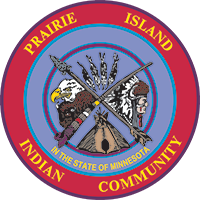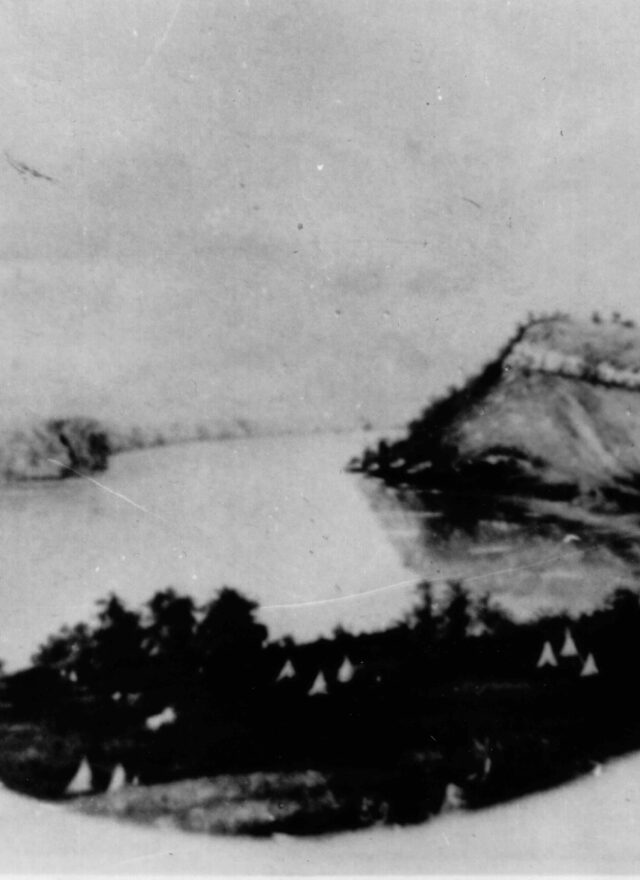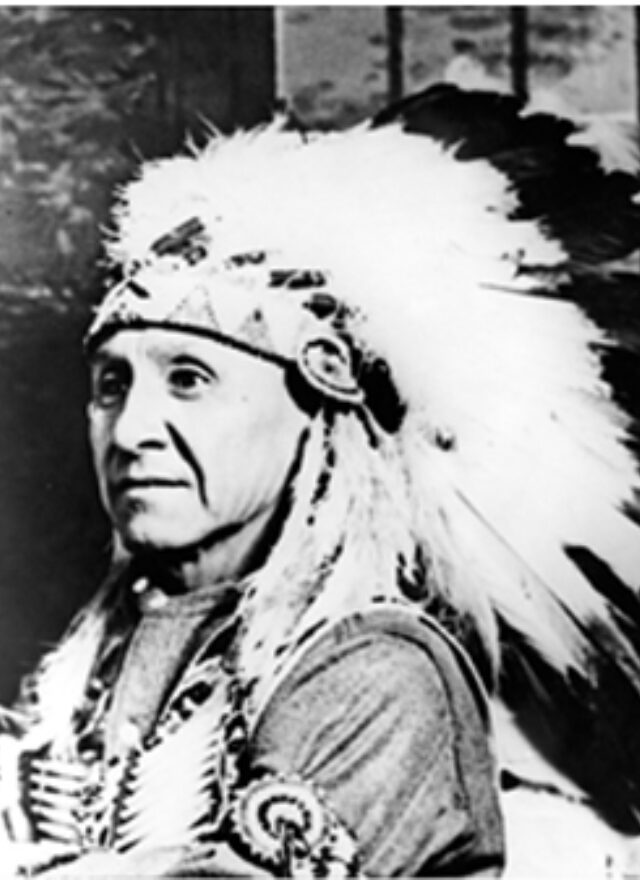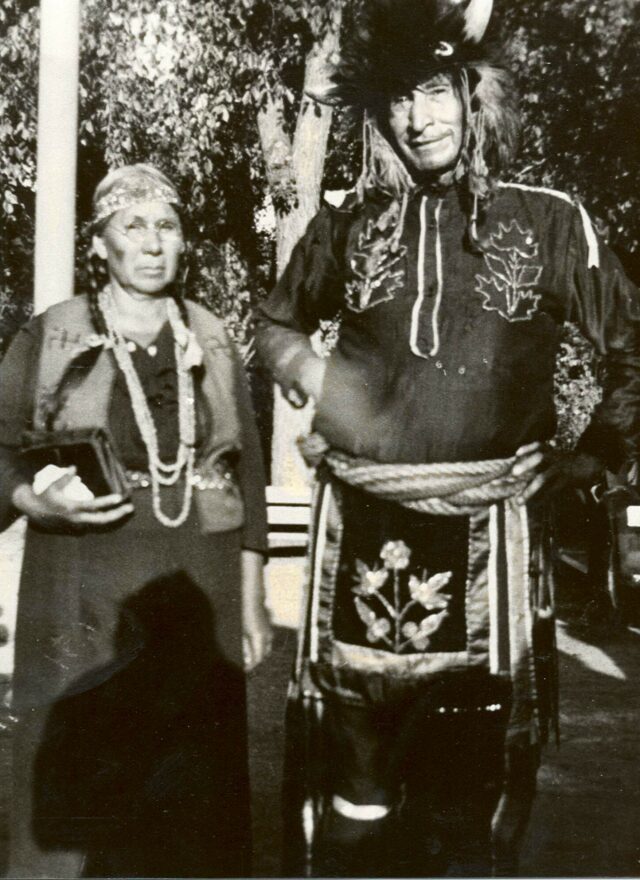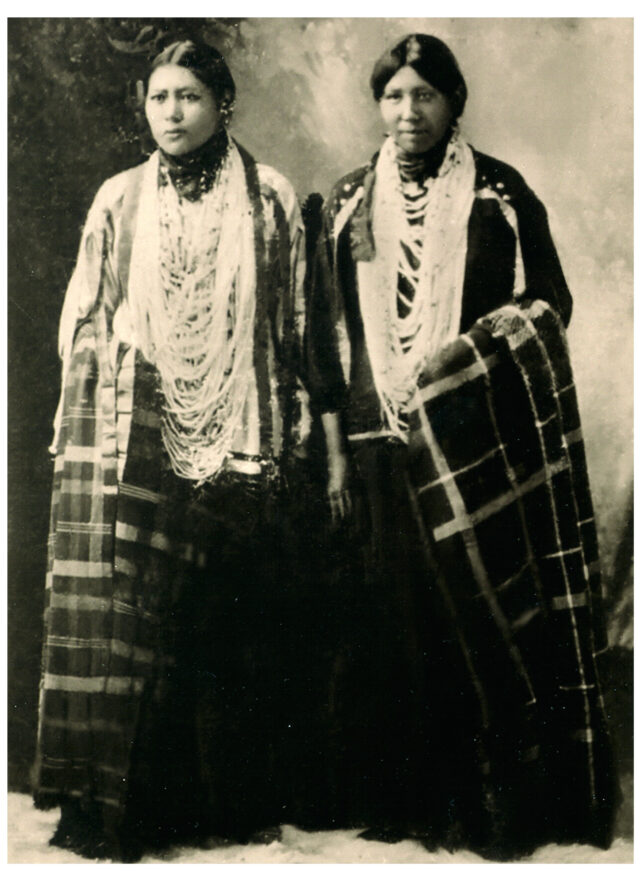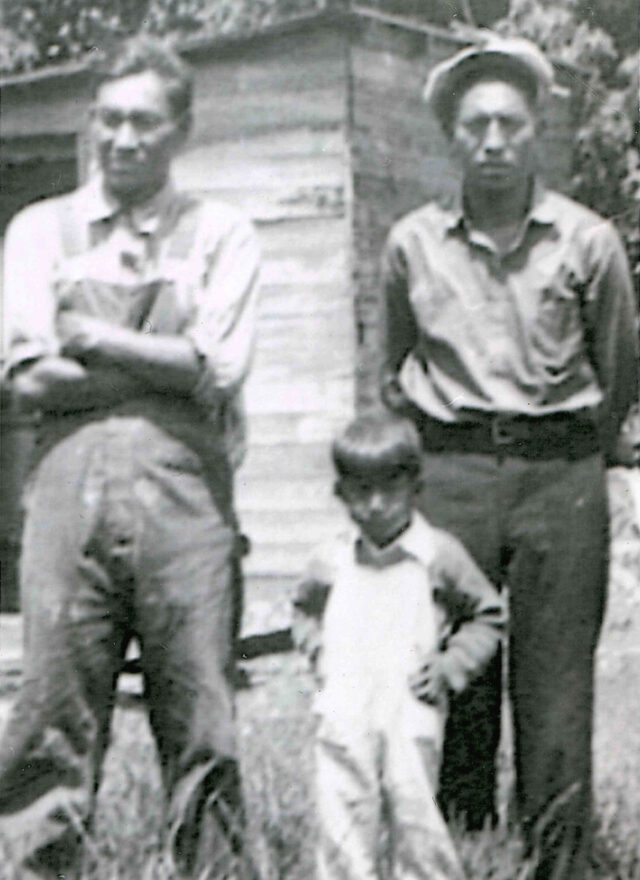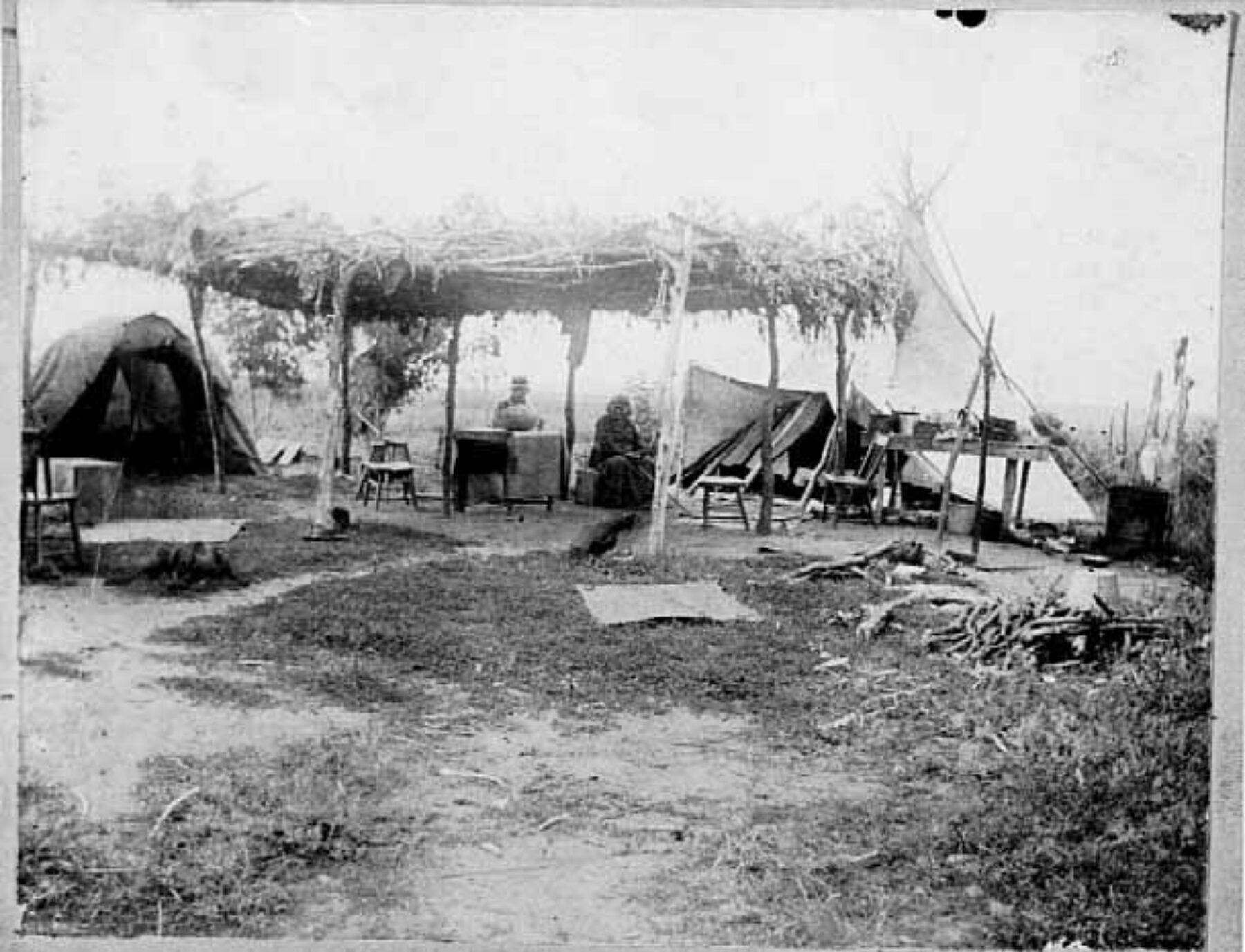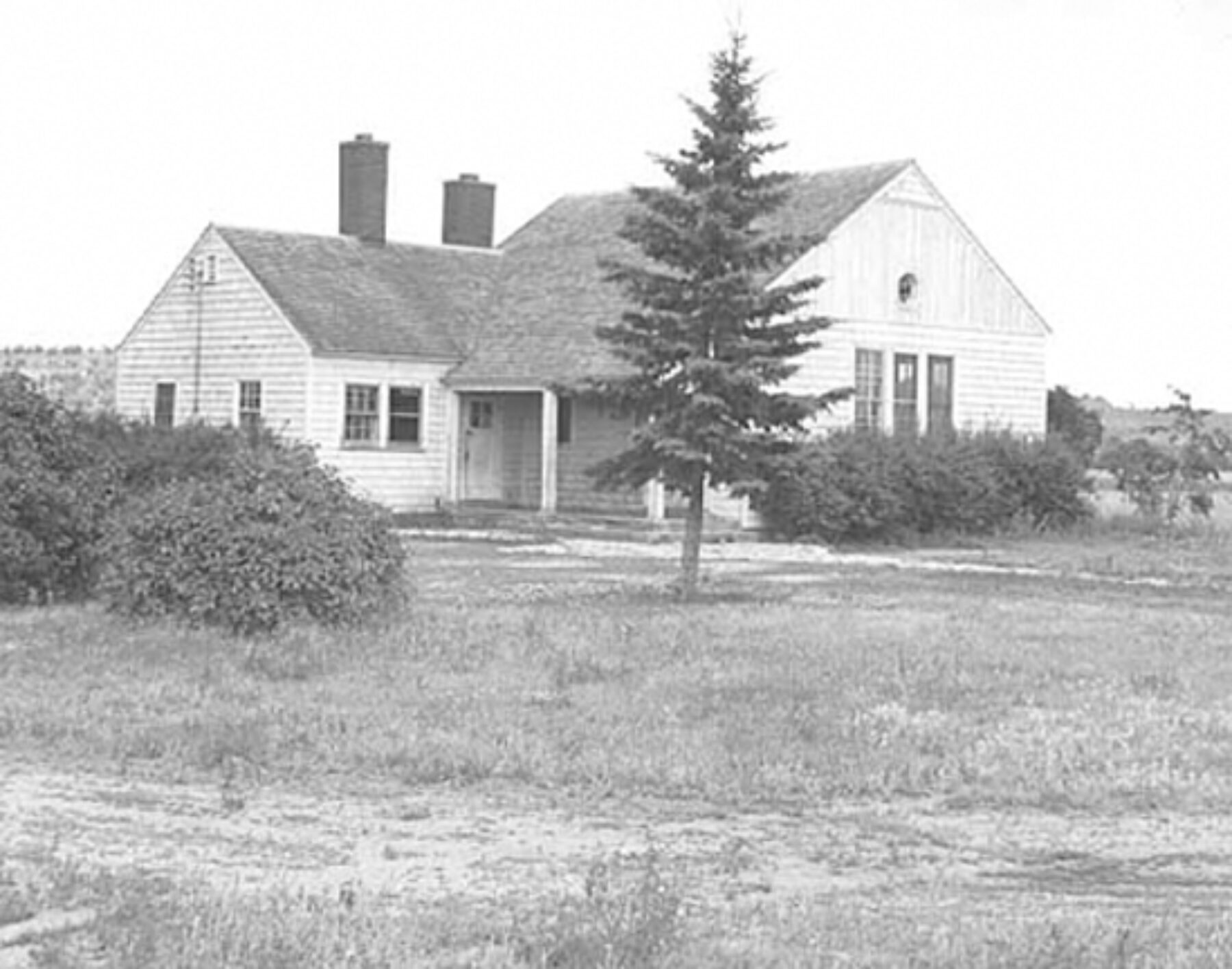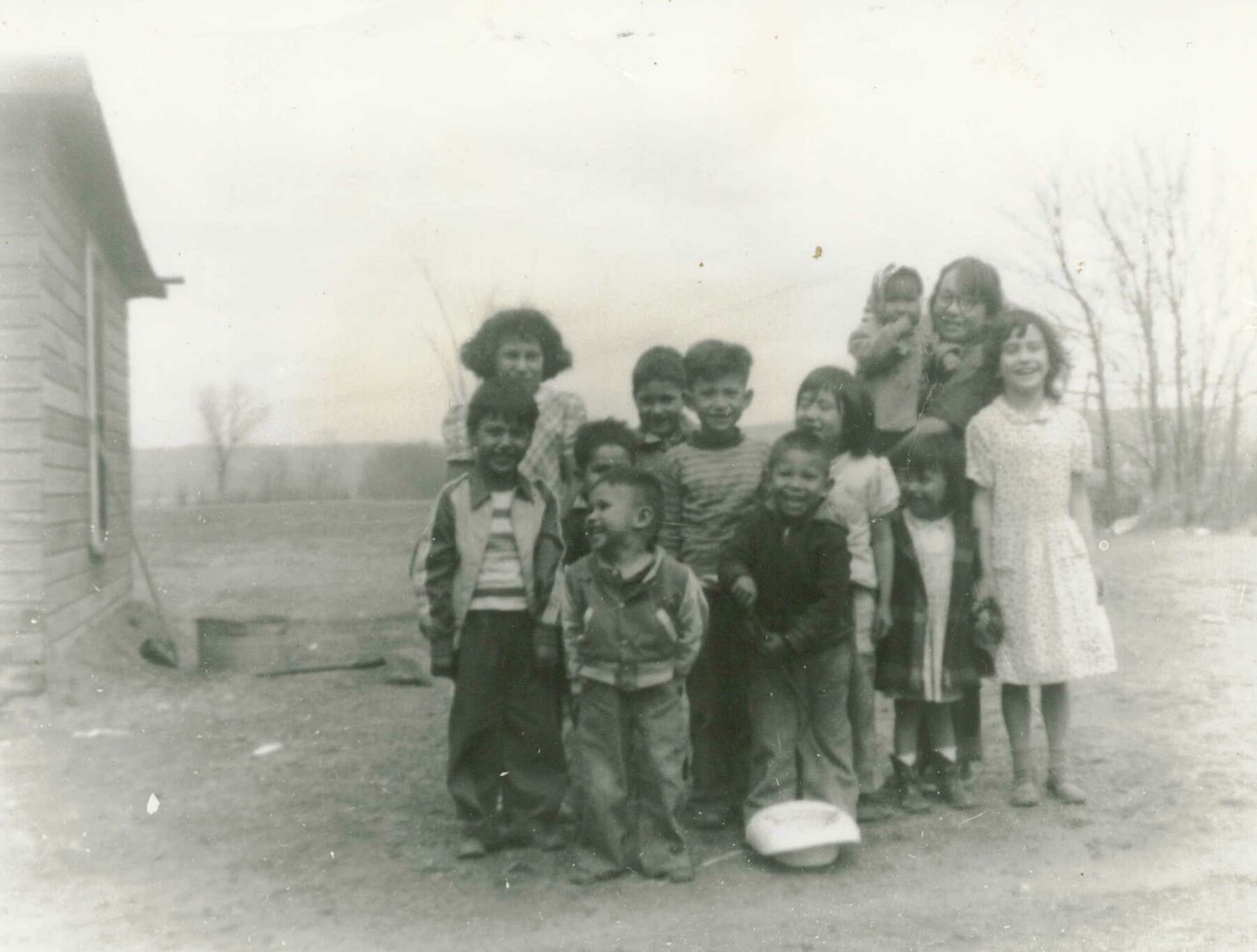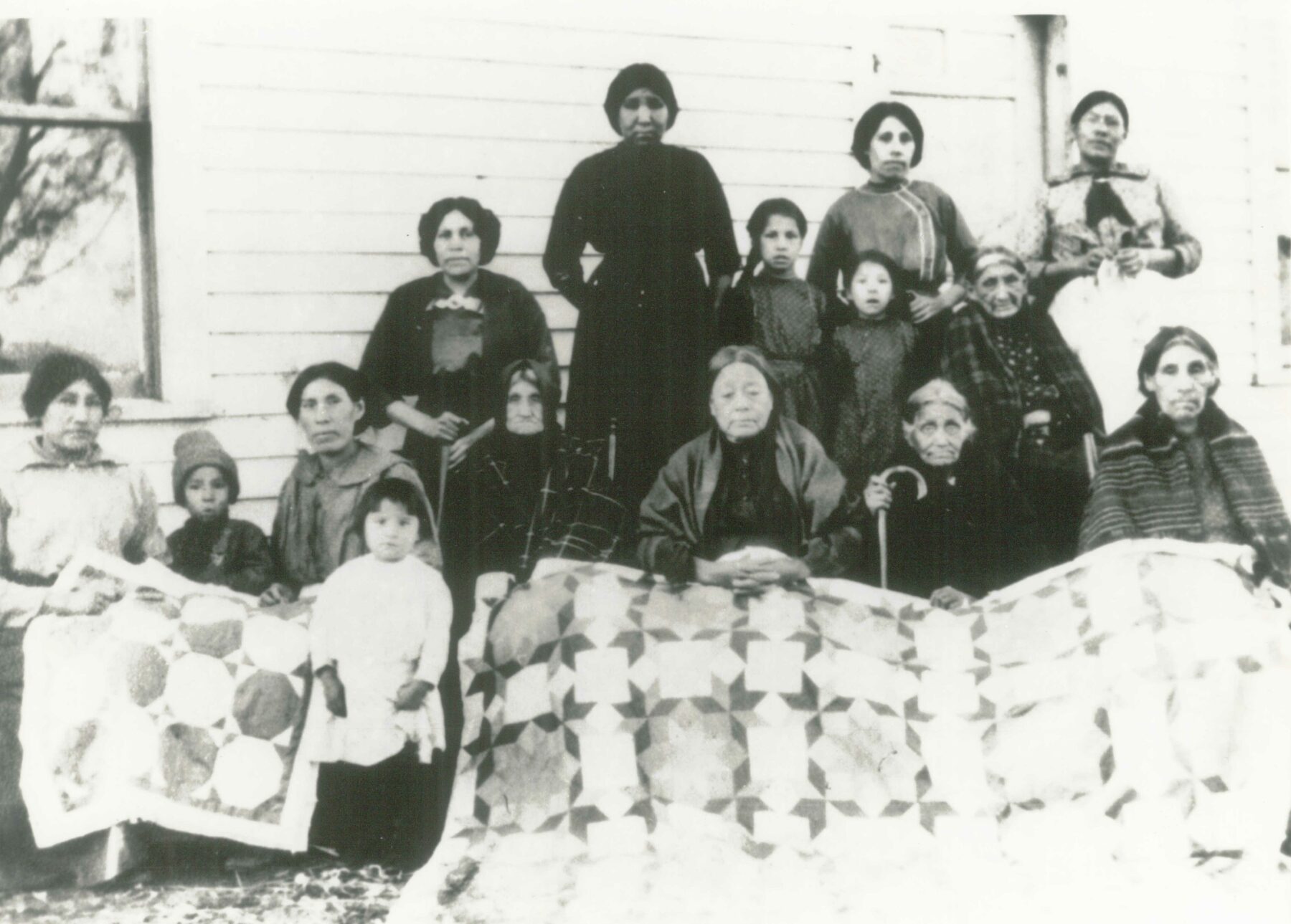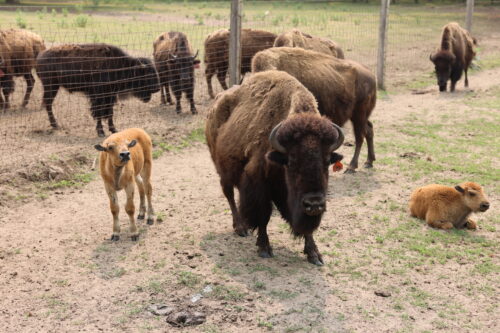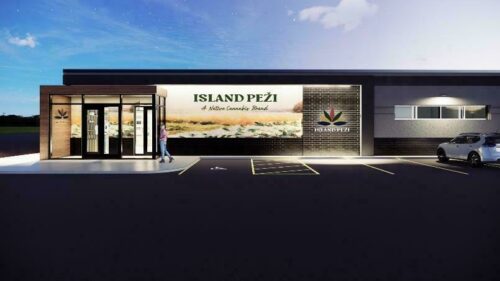Our History

We welcome you to Prairie Island, home of the Prairie Island Indian Community.
We are the Bdewakantunwan – those who were born of the waters. We are one with the land. The waters, the bluffs, the prairies, the buffalo shape and define who we are as Dakota people.
Our members descend from the Bdewakantunwan (Mdewakanton) Band of Eastern Dakota. We are the Dakota Oyate (people), are also commonly referred to as the Minnesota Sioux.
This is our homeland; our relatives lived on these lands that are now called Minnesota for countless generations. Dakota people from throughout the region gathered in this area to live, hunt, worship and raise their families. It is a special place; a spiritual place, and a final resting spot from many of our ancestors.
Despite past efforts to eliminate the Dakota Oyate from Minnesota, and the ongoing hazards we face, we are a resilient people and Prairie Island will always be our home.
This is our story – a story about the transformation of an Island – and we are proud to share it with you.
The Dakota Oyate
The Dakota people lived on these lands and governed themselves long before European settlers came to what is now the United States and started stripping tribes of their land and way of life. Tribes never relinquished their sovereignty. It is an inherent right that continued even after the treaties with the United States, including the 1851 Treaty of Mendota and the Treaty of Traverse des Sioux of 1851, which stripped the Dakota of their ancestral lands.
The failure of the U.S. government to uphold its treaty obligations led to war with the Dakota people and, ultimately, the largest mass execution in American history – the hanging of 38 Dakota men in Mankato, Minnesota on December 26, 1862. Soon after, Congress invalidated all treaties and the Dakota were driven from Minnesota. A small group of Dakota remained and settled near Prairie Island.
Prairie Island Reservation
The foundation for the Prairie Island reservation was formed when the Secretary of the Interior purchased nearly 120 acres of land for the landless Dakota who stayed in Minnesota. Around 1880, additional Dakota families began to return to Prairie Island, buying back small parcels of our ancestral home.
Congress passed the Indian Reorganization Act in 1934, the Act encouraged tribes to formalize their governments by adopting a Constitution and By-Laws. Prairie Island adopted its Constitution and By-laws on June 20, 1936 and was recognized by the federal government as a Tribe. Additional lands were put into trust for our Tribe and the Prairie Island Reservation was established.
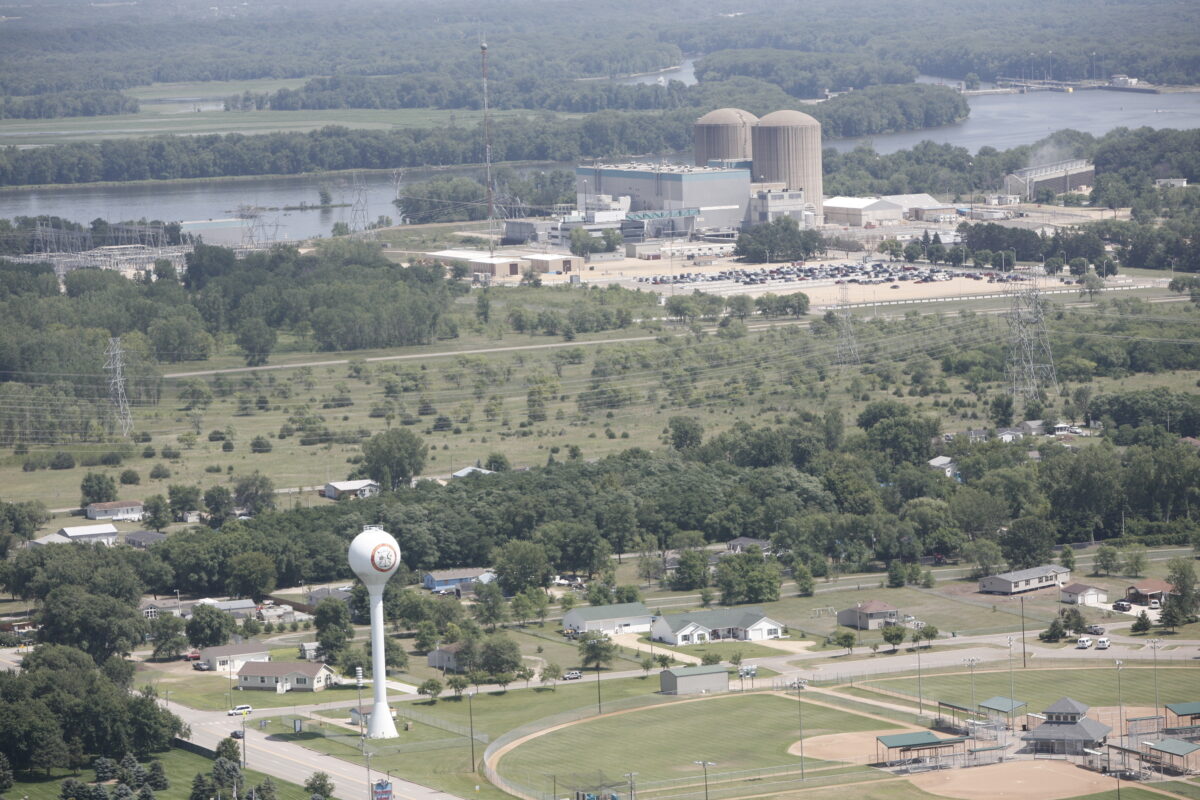
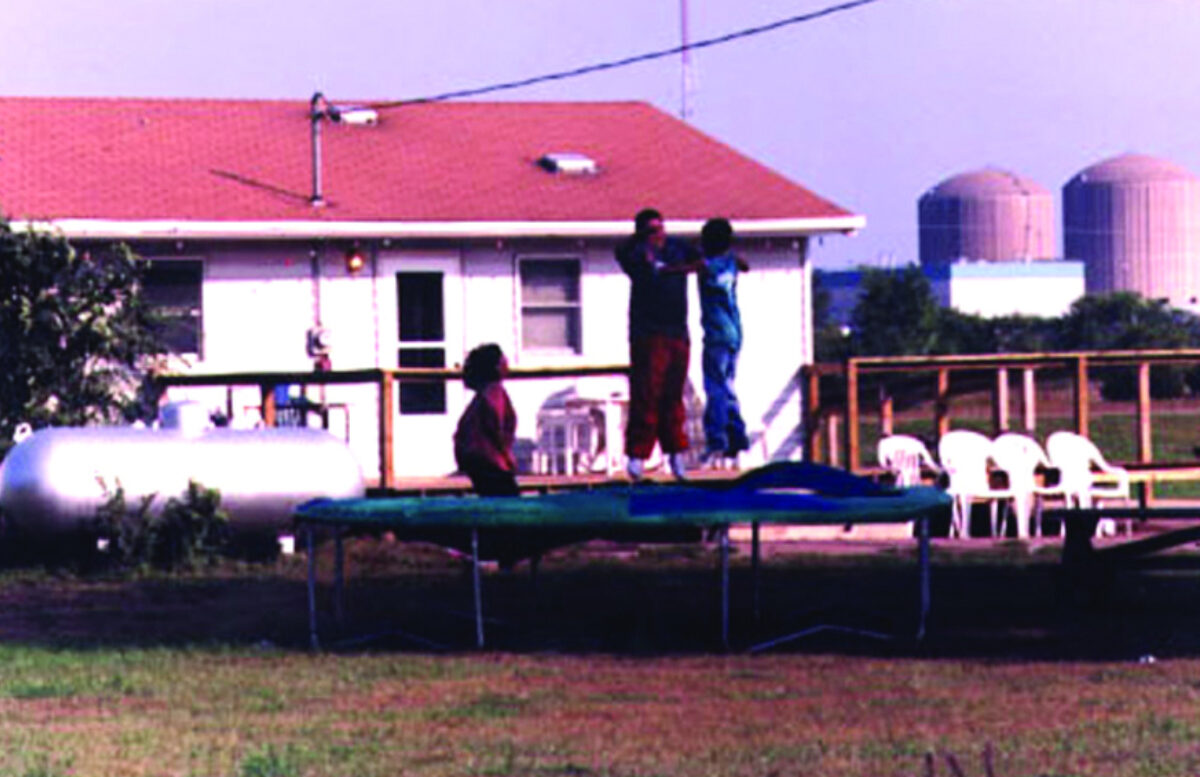
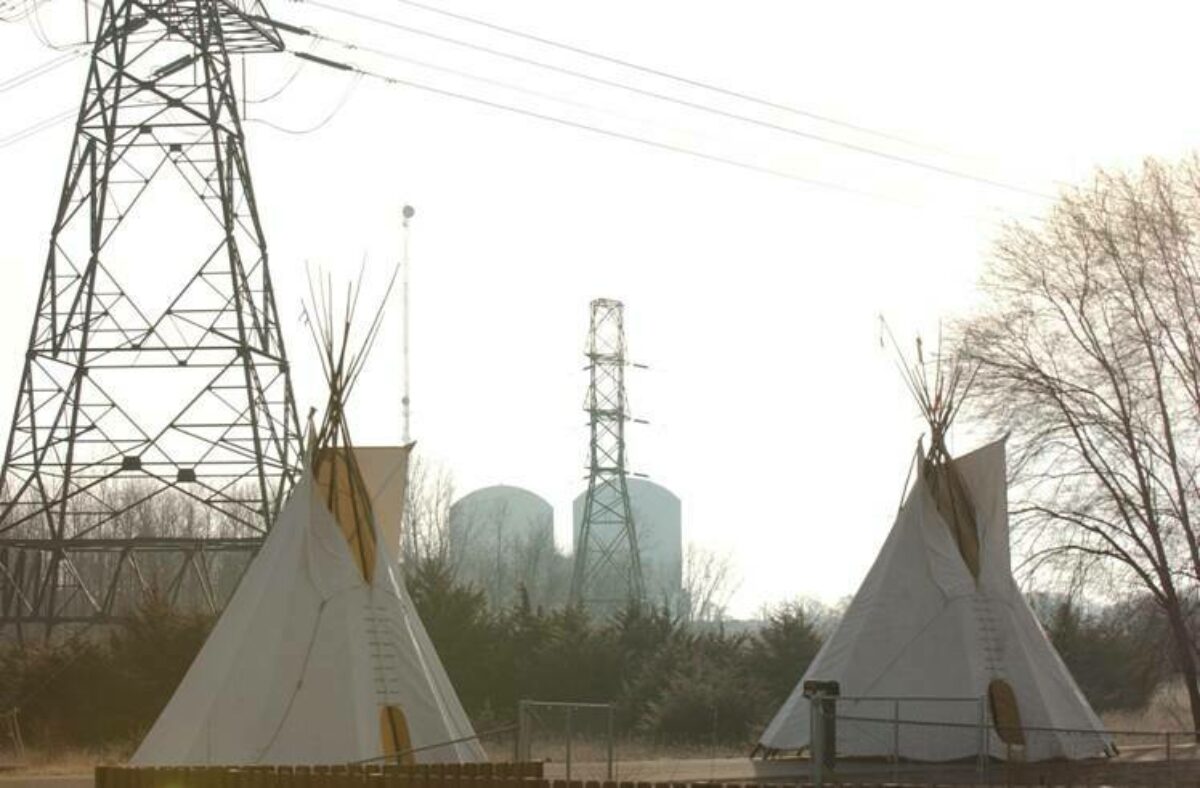
New Threats Form
Our ancestors survived the federal government’s attempts to eliminate the Dakota people, language, and culture, but the threats didn’t stop there. Soon after our new government was formed and our reservation established, new dangers posed a risk to our very existence.
Just two years after formally recognizing the Tribe, the federal government failed in its trust responsibility to protect our interests by allowing the U.S. Army Corps of Engineers to build Lock and Dam #3 just downstream from our reservation and intentionally flood a portion of our land. Congress never authorized the illegal taking and destruction of our land, nor compensated the Tribe for the loss.
Unfortunately for our Tribe, that was not the last time the federal government looked the other way when it was supposed to protect our interests. In 1973, the Prairie Island Nuclear Generating Plant, with its twin nuclear reactors, began operating less than 700 yards from our community. The plant was approved and licensed by the federal government with no consideration given to our Tribe.
The trifecta of threats is completed by a railroad that runs adjacent to our reservation. The railroad crosses the only reliable road on and off Prairie Island. It is one of the busiest railroads in the state, with the trains often carrying hazardous materials, including crude oil.
This trifecta of threats has forever transformed Prairie Island and continues to impact the health and safety of Tribal members every day.
Despite these constant threats, our people – the Dakota Oyate – remain resilient.
A New Buffalo
We have the power to persevere because of a new buffalo that provides for our Tribe and gives us voice when we had none. That new buffalo is Tribal Government Gaming.
Tribal gaming has transformed not just the Prairie Island Indian Community but all of Indian Country; it is our new buffalo, providing us with the economic means to be a self-sufficient government, educate our members and fight back against the injustices that continue against our Tribe.
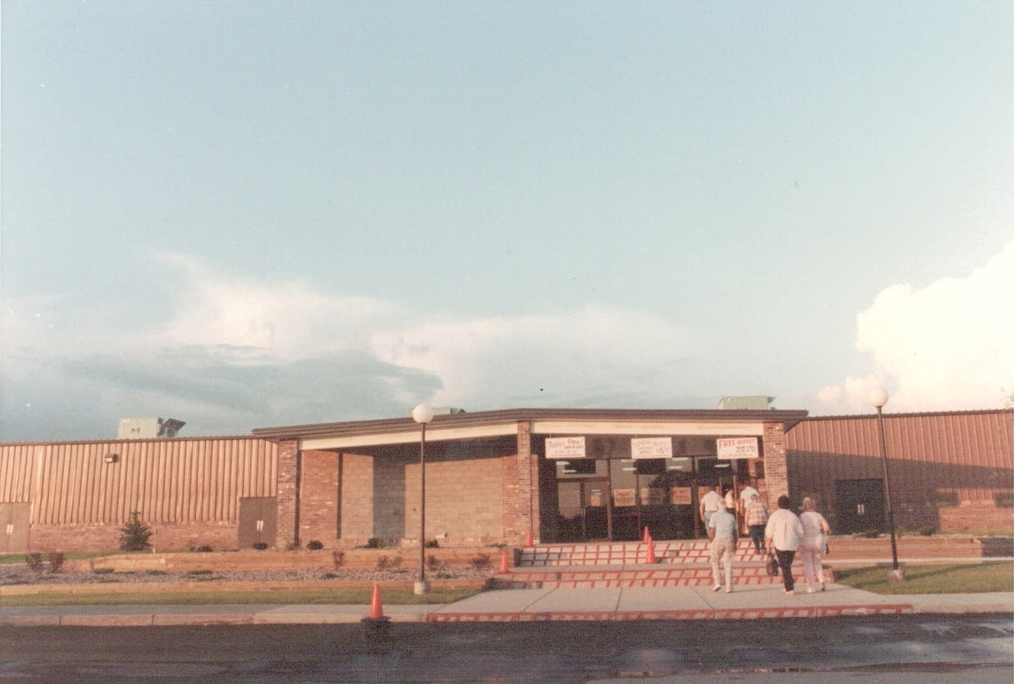
Seven Generations
Our focus as Dakota Oyate is on preserving our way of life for the next seven generations.
For too many years our voices were silenced, our history buried, and our language forgotten. For too many years, our people were pushed to the sidelines and diminished.
Today, we are a strong, proud Tribal nation.
We are still one with this land, shaped by the waters, bluffs, prairies and buffalo, but we are changing, and we are determined. The transformation of an Island will continue because our people– the Bdewakantunwan Dakota – continue.
We were here before it was Prairie Island, and Prairie Island will always be part of who we are.
